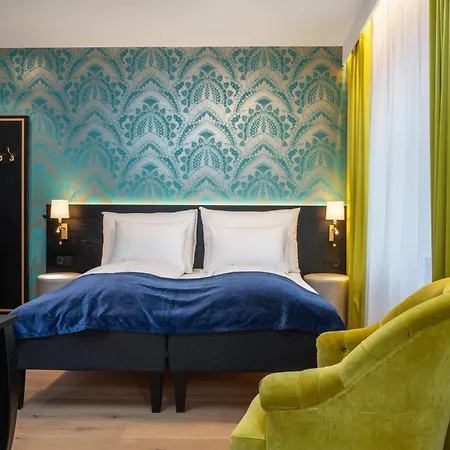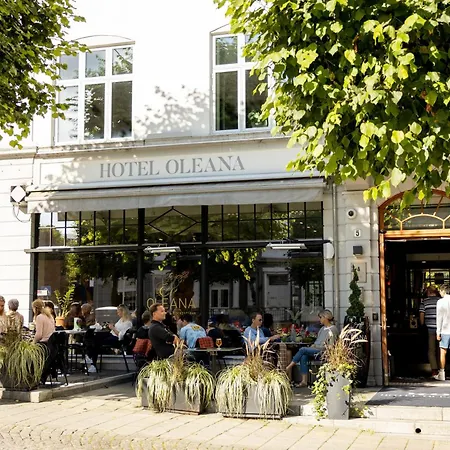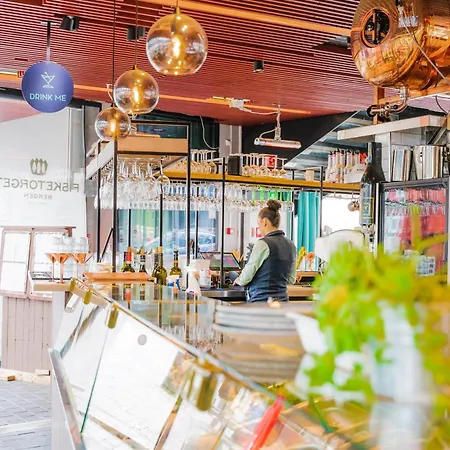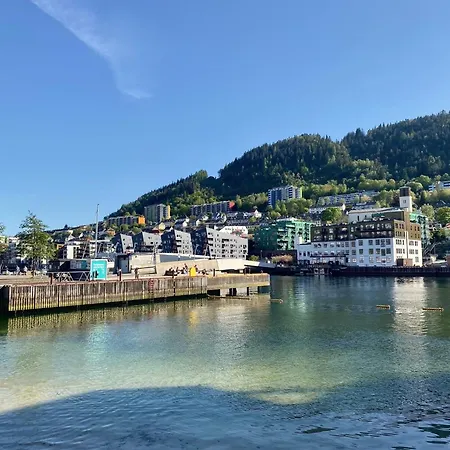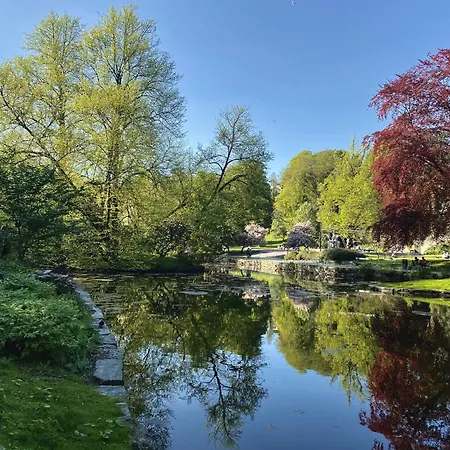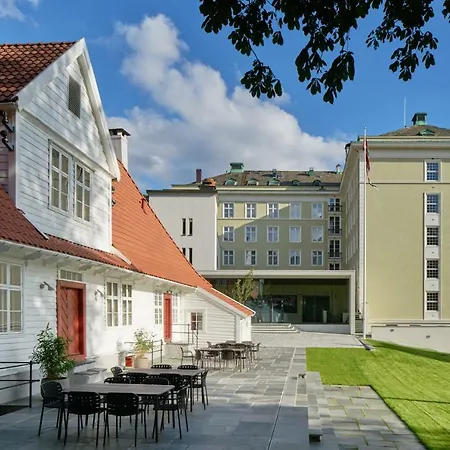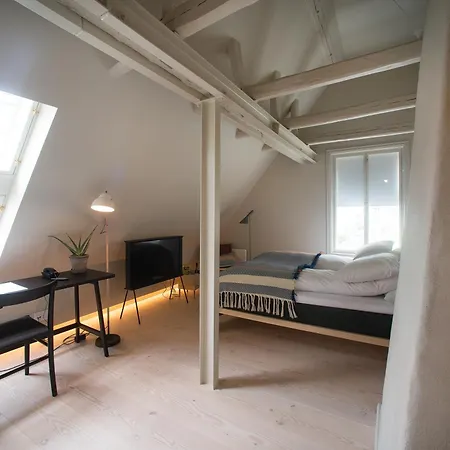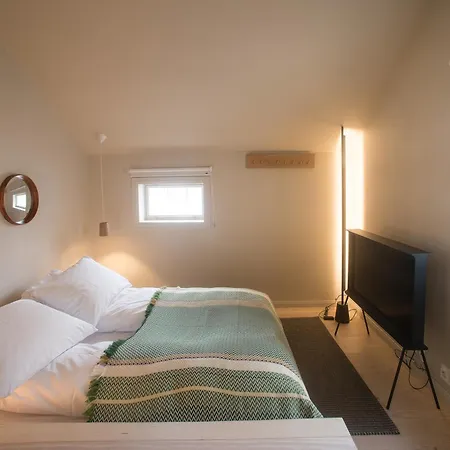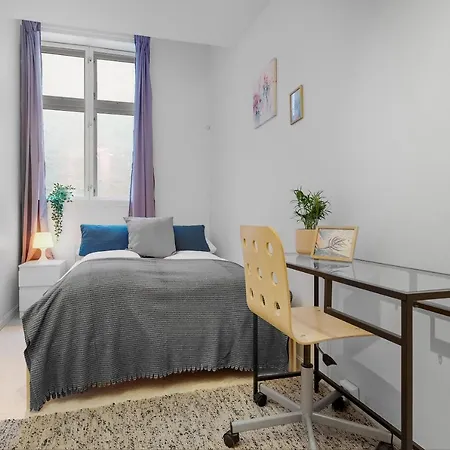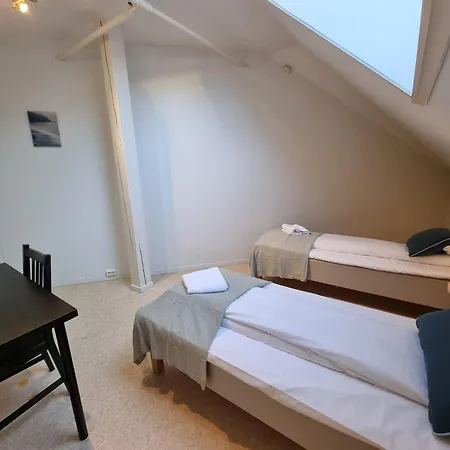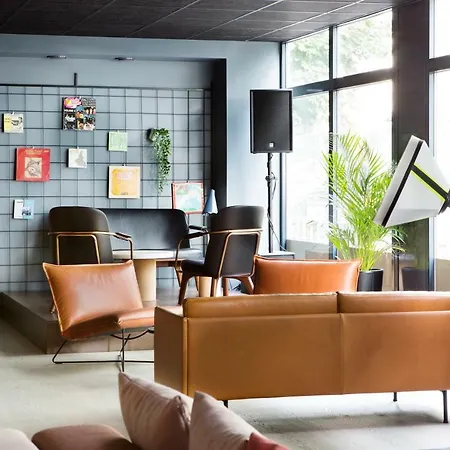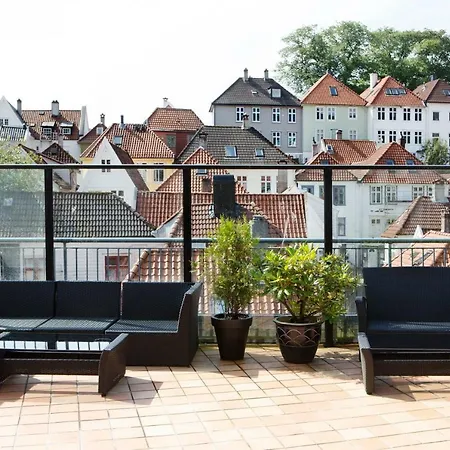The Leprosy Museum
Check Availability
A Unique Exploration of Leprosy
The Leprosy Museum provides a distinct perspective on the impact of leprosy in Norway and its global implications.
Founded in the 1990s, the museum occupies the historical St. George's Hospital, which was previously a leprosarium. It serves as a monument to the suffering of many leprosy patients and showcases Norway's significant contributions to the research and understanding of Hansen's disease, named after Gerhard Armauer Hansen, who discovered the causative bacillus in 1873.
Noteworthy Features
- Historical architecture: The museum resides in an 18th-century hospital complex.
- A dedicated herb garden accessible to visitors.
- A focal point for Norwegian leprosy research and education.
Essential Highlights
The museum is accessible for a small fee, and it appeals to tourists, historians, and families interested in medical history.
Interesting Facts about Natural History Museum The Leprosy Museum
Historical Significance
Bergen had the largest concentration of leprosy patients in Europe between 1850 and 1900.
Hansen's Discovery
Gerhard Armauer Hansen discovered the leprosy bacillus in 1873 in Bergen.
St. George's Hospital
Originally a leprosarium, the hospital is now a preserved historical site.
Herb Garden
The museum features a herb garden developed in the 1990s, open during operating hours.
Location
Stay Near The Leprosy Museum Best Hotels
Address
View mapSt. George's Hospital Kong Oscarsgate 59
Opening Hours
Friday:
Closed
Monday:
Closed
Saturday:
Closed
Sunday:
11:00 AM–3:00 PM
Thursday:
Closed
Tuesday:
Closed
Wednesday:
Closed
Contact Information
Price
Paid. General admission required for entrance.
Average Visit Duration
Duration: About 1-2 hours.
Best Time to Visit
Mid May to late August for optimal access to the herb garden.


